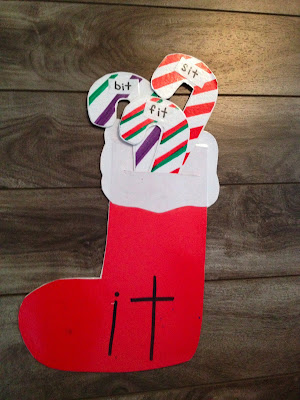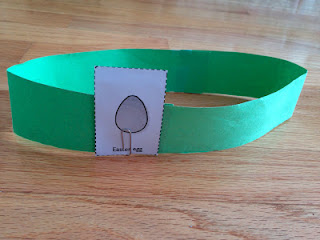In December, some colleagues and I planned three activities that could be used in an activity centre for the holiday season. Each of these activities can easily be adapted from Christmas to winter activities, or objects from any other season! I'll post alternative ideas under each Christmas activity.
Activity 3: Holiday Homophones
Planned for use with Grade 2+
Quick Review:
[Source]
A homonym is one of a group of words that share the same spelling and the same pronunciation but have different meanings.
A homophone is a word that is pronounced the same as another word but differs in meaning. The words may be spelled the same, such as rose (flower) and rose (past tense of "rise"), or differently, such as carat, caret, and carrot, or to, two and too.
The Activity:
Purpose:
- A fun way for students to review homonyms
Materials:
- Construction paper, markers, ruler, scissors, glue, bristol board, laminator, velcro (optional)
Instructions:
Approximate sizes based on legal size (8.5 x 14 inches) paper.
Assembled fireplace
- Trace each shape on coloured construction paper as indicated in the picture above (I made 4 of each, but any number can be used)
- Draw bricks on the red construction paper with a thin black marker or black pen
- Write homophones in black marker on white pieces of construction paper (the fireplace mantel) and glue to the top of the red fireplace.
- Glue the black pieces of construction paper at the bottom of the fireplace in the centre
- Write homophones in black marker on the yellow pieces of construction paper
- Glue the yellow pieces on a piece of bristol board and glue the fireplaces on the bristol board
- Laminate the bristol board and cut the pieces out
- Optional step: add a small piece of velcro to the back of the fire pieces and a small piece in the centre of the fireplaces
- Ask students to match the homophones on the fire pieces with the words written on the fireplaces
Finished Product
Note: Do not glue flames to the fireplace.
They are meant to be removed after each use but can be temporarily attached using velcro pieces.
Adaptations:
- Use fish tanks and fish for an activity that is appropriate year-round. This would look especially effective if teaching words with more than one homophone (eg. sent, scent, cent)
- Replace the fireplace with the fish tank, and the fires with fish































